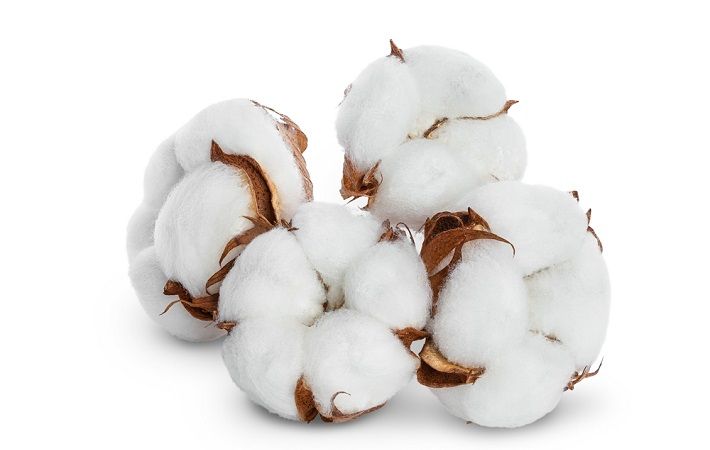
The 2021-22 marketing year ends on September 30.
Analysis by the Mumbai FAS office indicates that shipments in December 2021 jumped by almost 57 per cent from the previous month. Bangladesh, Vietnam, China and Indonesia were the top export destinations. Bangladesh continues to be the major buyer of Indian cotton with almost 60 per cent export market share.
Similarly, exports of cotton yarn and cotton products in India continues to grow, says an FAS press release.
According to provisional trade data published by the country’s ministry of commerce, exports of cotton yarn/fabrics/made-ups and handloom products (by value) increased by 43 per cent in January on a year-on-year basis, but 33 per cent lower from previous month.
Similarly, exports of readymade garments of all textiles were 20 per cent higher in January 2022 compared to the same month last year, but 12 per cent higher from the previous month.
The Mumbai FAS office forecasts MY 2021-2022 imports at 1 million (480-lb.) bales (1.28 million 170-kilogram bales/218,000 MT) in line with the official USDA estimate. Its analysis indicates that shipments in December 2021 jumped almost 21 per cent from the previous month.
Shipments from the United States (34 per cent) and Australia (28 per cent) constituted the majority of imports. Other foreign suppliers were Egypt, Greece and Cameroon. Almost 65 per cent of the imports landed in ports in Southern India, indicating growing demand from mills for their export commitments.
FAS Mumbai forecasts MY 2021-2022 cotton production at 27.4 million 480 lb. bales on an area of 12.1 million hectares. Farmers continue to limit market arrivals due to rising seed cotton prices, increasing input costs for textile value chains.
It estimates mill consumption in India at 26.5 million 480 lb. bales based on robust export demand for value added textiles and prospective orders. Exports of fibre, cotton yarn and cotton products remain steady. Despite the expectations of local industry, the government maintained its import duty on cotton in its recent budget announcement, but rising domestic prices are prompting mills to procure less expensive cotton supplies through imports.
It has lowered its planted area estimate due to updated assessments of crop damage as the result of rains in late September in Telangana state. Crop yields in the state have been adjusted proportionately leading to a lower production estimate for India. Lower crop estimates have led to a rise in Indian farm gate seed cotton prices, currently 44 per cent higher than the minimum support price.
The Mumbai FAS office forecasts MY 2021-2022 consumption at 26.5 million (480 lb.) bales (34 million 170-kilogram bales/5.8 million metric tons). Its mill consumption estimate is 2 per cent higher (500,000 480 lb. bales) than the official USDA estimate.
Trade sources indicate that mill consumption is being supported by robust textile and apparel exports, and strong order book, FAS said. Mills are reporting good margins and making investments in additional spinning capacity for the long-term. The outlook for the remainder of the MY 2021-2022 season remains positive.
Rising domestic and global fibre prices continues to remain a challenge, driving cotton yarn prices to higher levels.
In November 2021, the textile sector experienced an 8 per cent increase in production volume as compared to the same period last year. Similarly, apparel manufacturing witnessed a growth of 33.4 per cent as compared to its output last year.
Cumulatively (April 2021-November 2021), the production of textiles and apparels have both increased by 47.6 per cent and 28.3 per cent respectively compared to same period last year.
ALCHEMPro News Desk (DS)
Receive daily prices and market insights straight to your inbox. Subscribe to AlchemPro Weekly!